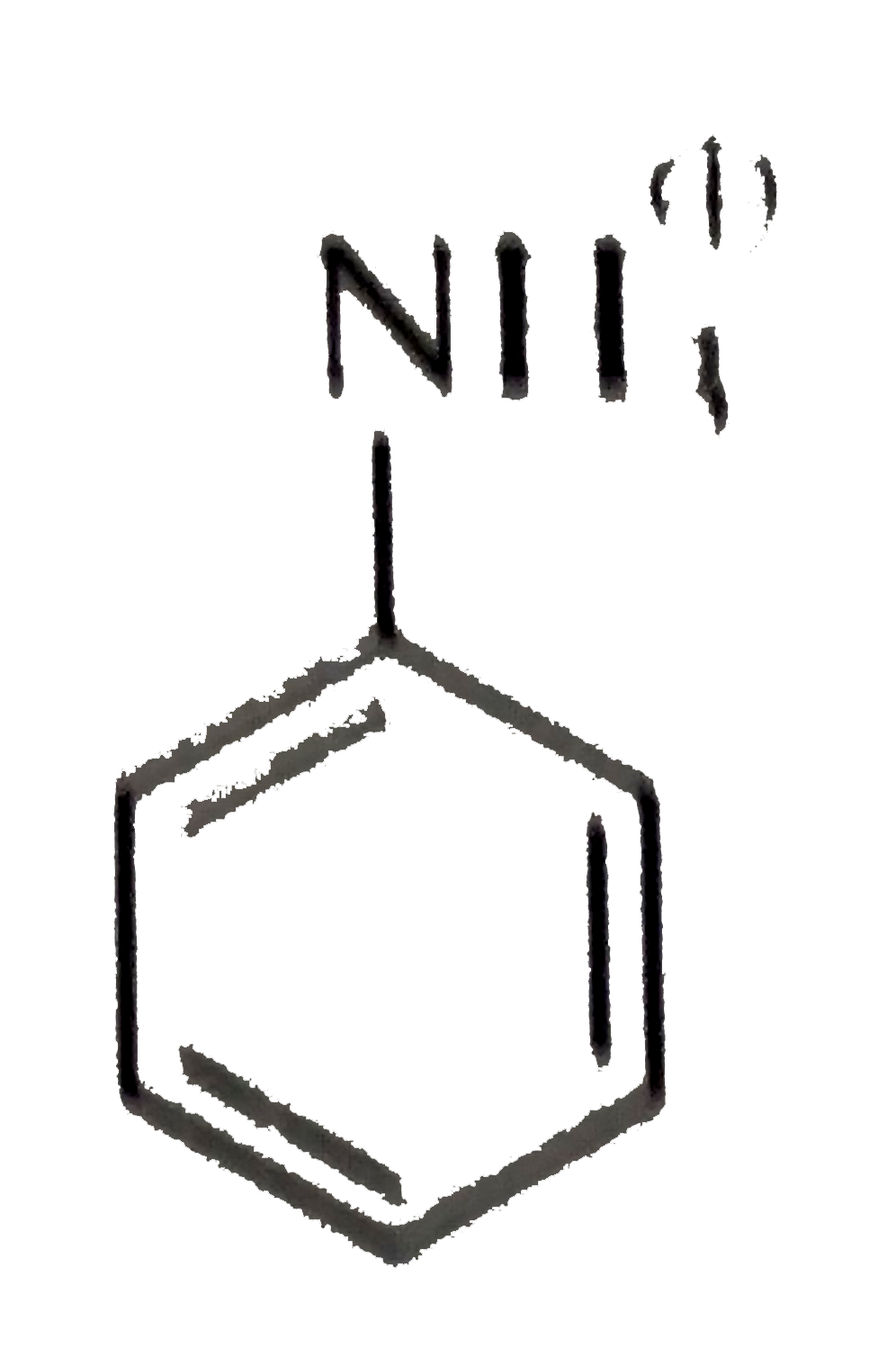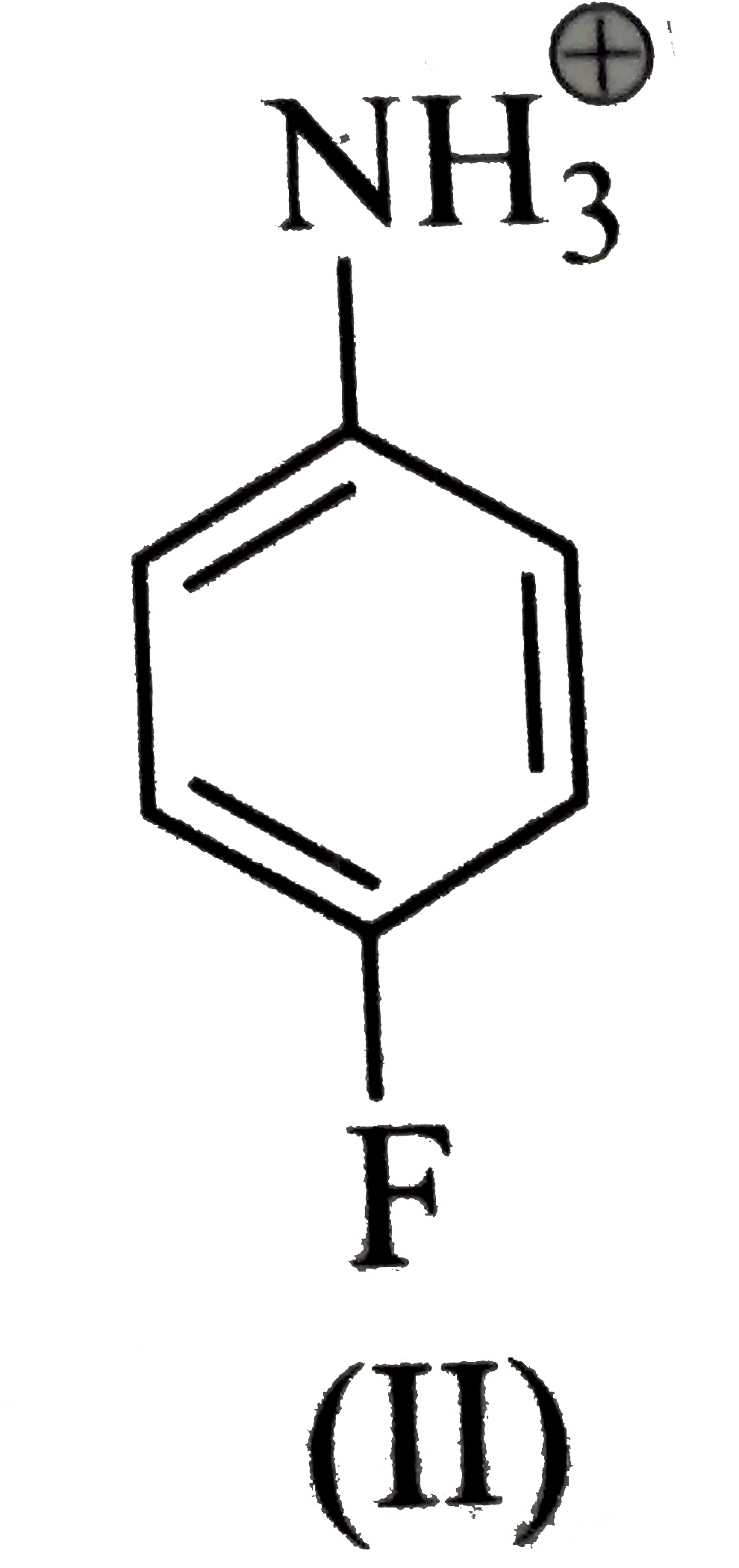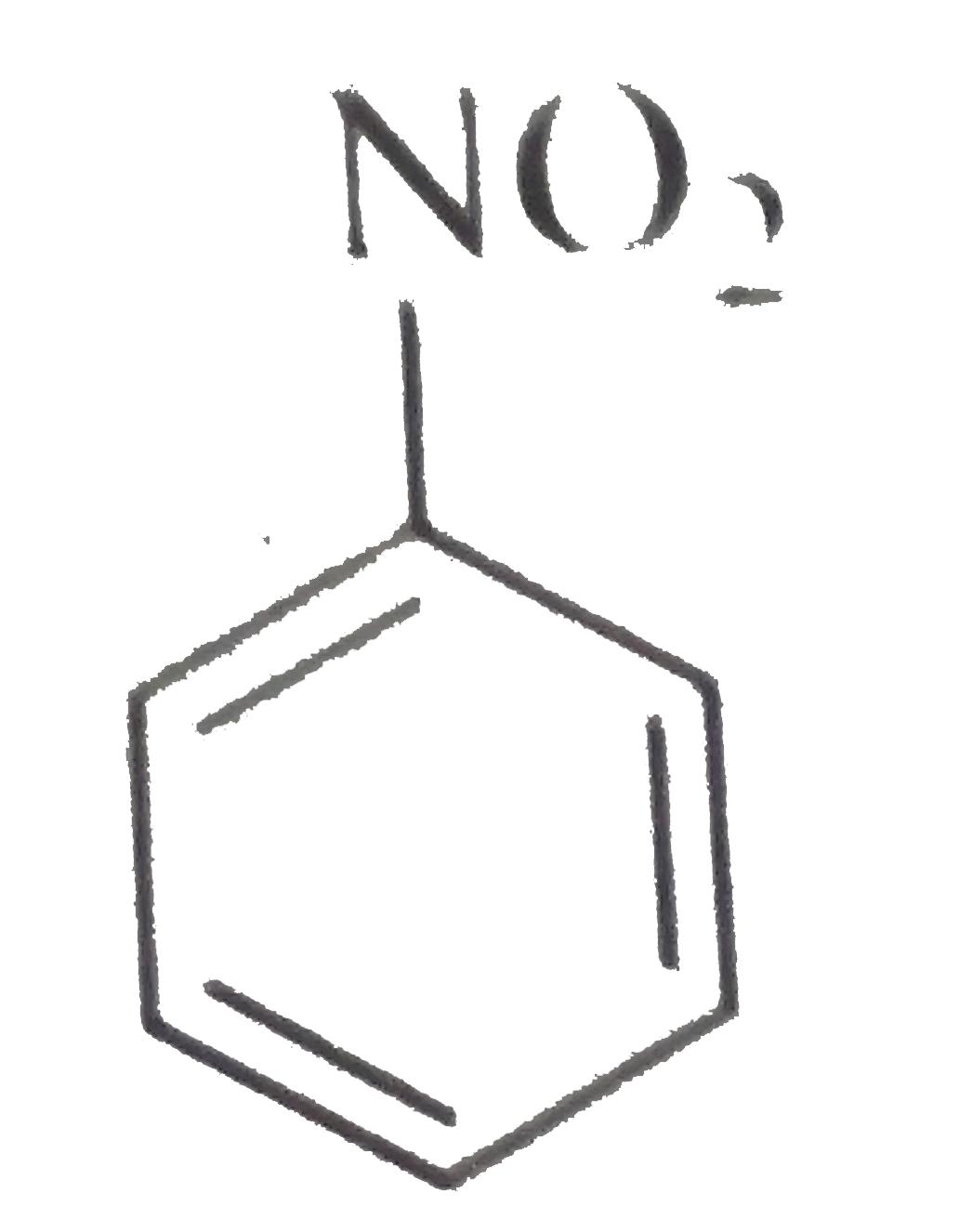Complete Solutions to Archives Analytical And Descriptive of chapter ORGANIC COMPOUNDS WITH FUNCTIONAL GROUP of Class 12 book with complete answers and questions
| Class 12 | CHEMISTRY |
| Chapter | ORGANIC COMPOUNDS WITH FUNCTIONAL GROUP |
| CENGAGE CHEMISTRY | Archives Analytical And Descriptive |
| Number Of Questions | 24 |
| Academic Year | 2023-24 |
State the equations for the preparation of the following compounds . (Equations need not to be balance).
(i) Chlorobenzene from aniline (in two steps )
(ii) N-Propyl amine from ethyl chloride (in two steps )View SolutionState the conditons under which the following preparatiojn in carried out . Give the necessary equyations which need not to be balance : Aniline from bensesn'
01:43View SolutionHow would you convert ?
'Aniline to chorobenzene' .03:43View SolutionFor intromethane movecule , write structures (s) (i) showing signifcant resonance stabilisation (ii) indicationg tautomerism .
View SolutionComplete the following with appropriate structures :
` .View Solution
.View SolutionGive a chemical test and the reagents used to distinguish between the following :
'Ethylamine and diethylamine'03:39View SolutionArrange the following in increasing orde of base strength : methylamine, dimethylamine , aniline , N-methylamiline .
View SolutionHow will you bring about the following conversion ?
` 4-`nitroaniline to `1,2,3`-tribromobenseneView SolutionWrite the structure of the major organci product expected from the following reaction .
` .View Solution
.View SolutionA basic volatile nitrogen compound give a foul smelling gas when treated with chaloroform and alcoholic potash. `A0.295 gm` sample of the substance dissolved in aqueous `HCl` and treated with ` NaNO_2` solution at ` 0^@C` libreated a colourless , odorless gas whose volume corresponded to ` 112 ml` at ` STP`. After the evoltion fo the gas was complte , the aqueous solution was distilled to give an orgfanic liquid which did not coniain nitrogen and wihic on watemiing with alkali and iodine gave a uellow preciptitate , Idntify the orginal substance assuming that it contains one (N) atom per molecule .
View SolutionOutline a synthesis of p-bromonitrobenzene from benzene in two steps .
03:00View SolutionGive the structure of (A) (exphanations are not resquired). `A (C_3H_9N)` reacts with bezenesulphonly chloride to give a solid insoluble in alkali'.
04:16View SolutionComplete the following with appropriate structures :
`2,3 "-Dinitroaniline" underset ((ii) Anisol) overset ((i) NaNO_2 and HCl at 5^@ c) rarr (A)``.04:32View SolutionWrite the structure of the foul-smelling compound obtained when aniline is treated with chloroform in the poresence of `KOH`.
02:37View SolutionGive reason for the following in one or two sectences :
'Dimethyl amine is a stronger base than trimethyl amine'View SolutionFollowing reaction gives tow products . Write the structures of the products .
` CH_3 CH_2 NH_2 overset ((CH_3CO)_2O, heat ) rarr`(A).02:29View SolutionHow would you bring about the following conversion (in three steps ) ?
Aniline `rarr` Benxylamine .02:12View SolutionThere is a solution fo p-hydroxybenzoic acid and p-amino benzoic acid . Discuss one method by which we can separate them and slso write down the confimatory test of the functional groups present .
View SolutionWhich of the following is more acidic and why ?

 View Solution
View SolutionConvert `

 in not more than four steps. Also mention the temperature and reaction conditions. View Solution
in not more than four steps. Also mention the temperature and reaction conditions. View Solution`underset ((X)) underset ("Optically active") (C_5 CH_(13)N) underset (N_2)overset(NaNO_2//HCl) rarr (Y)underset (+" Other product" ) ("Tertiary alcohlo")`
Find (X ) and (Y ) . Is (Y ) optically active ? Write the intermediate steps .08:57View SolutionA mixture of two aromatic compounds (A) and (B) separated by dissolving it in chloroform followed by extraction with aqwueous ` KOH` solution. The organic layer containing compound (A) when heate with alcoholic solution of ` KOH` produced a compound (C ) `( C_7 H_5 N)` associated with an unpleasnt odour . The alkaline aqueous layer on the other hand , when heated with chloroform and then acidified gave a mixture of two isometic compounds (D) and (E ) of molecular formula ` C_7 H_6O_2`. Identity the compounds (A), (B ) . (C ) (D), and (E ) and write their structures .
05:11View Solution View Solution
View SolutionAn organic compound (A) `C_8 H_4 O_3` , in dry bebzene in the presence of anhydrous `AlCl_3` gives compound (B ). The compound (B) on treatment with ` PCl_5` followed by reaction with ` H_2 //Pd (BaSo_4)` gives compound (C ) which on reaction with hydrazine gives a cyclide compound (D) `(C_(14) H_(10) N_2)`. Identify (A), (B) (C ), and (D) Explain the formation of (D ) from (C ).
13:02View Solution
Archives Analytical And Descriptive questions and complete solutions for chapter ORGANIC COMPOUNDS WITH FUNCTIONAL GROUP of CENGAGE CHEMISTRY (HINGLISH) of Class 12
All Exercises from CENGAGE CHEMISTRY Class 12 CHEMISTRY ORGANIC COMPOUNDS WITH FUNCTIONAL GROUP
- Archives Analytical And Descriptive
- Archives Assertion-Reasoning
- Archives Fill In The Blanks
- Archives Multiple Correct
- Archives Single Correct
- Exercises Assertion And Reasoning
- Exercises Concept Application
- Exercises Linked Comprehension
- Exercises Multiple Correct
- Exercises Single Correct
- Exercises Subjective
- Illustration 15.1
- Solved Examples
